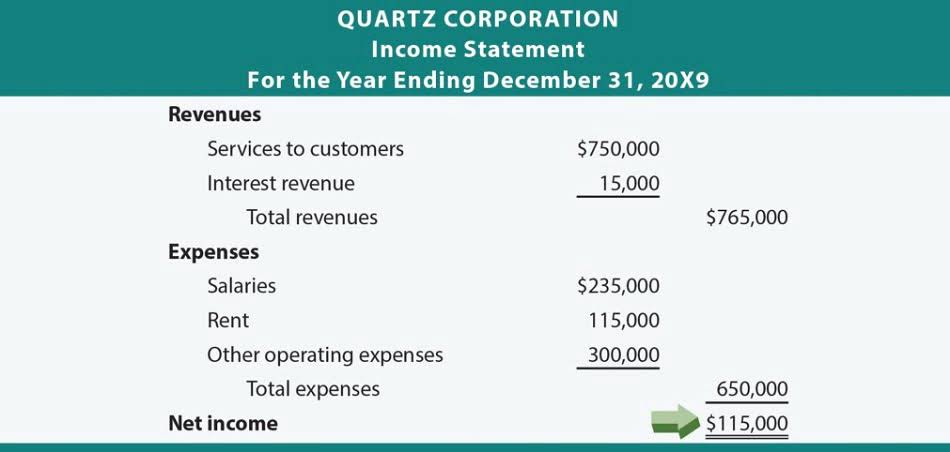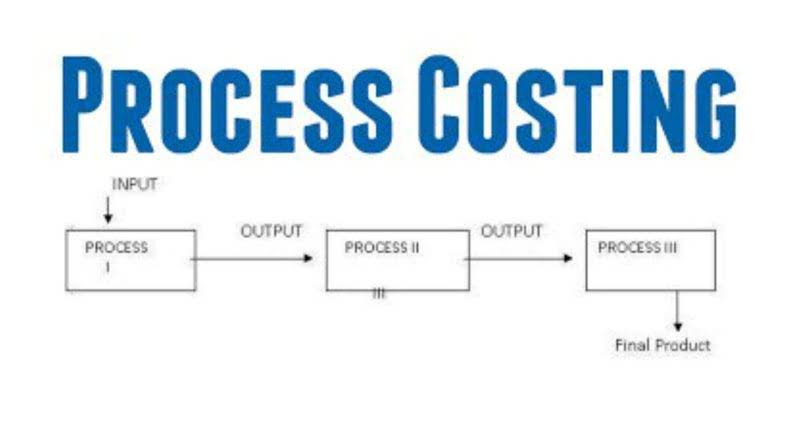
During its current year, an unexpected decline in economic conditions results in a sharp drop in its sales, triggering a loss of $100,000. At this point, the company still has positive retained earnings of $200,000. However, its auditors also force it to write off $250,000 of unsold shoes, which results in a negative retained earnings balance of -$50,000. Retained earnings serve multiple purposes, integral to a company’s financial well-being. This money can be used to fund business expansions or to finance new projects and product development, propelling the company’s growth. Retained earnings can also help reduce liabilities by repaying debts, thereby improving the company’s debt-to-equity ratio.

Net Income
- This software delivers fast calculation processing alongside precise data analysis.
- This means that instead of distributing the profits to shareholders as dividends, the company decides to retain them to finance its future growth and development.
- Investors should evaluate management’s plans for addressing the deficit, such as cost-cutting measures, strategic investments, or restructuring efforts.
- Lenders and investors often view a negative balance as a sign of instability, leading to higher interest rates or stricter loan covenants.
- Not every year will you see a growth in retained earnings, as evidenced by Johnson & Johnson.
- Heck, even Warren Buffett, in his latest shareholder letter, spoke on the importance of dividends to his portfolio and how they contributed so much to his endless pile of cash.
- What a company earns and spends, along with tax payments, tells us how much profit it makes.
When retained earnings stay high, the company can grow and maintain solid operations. They tell us how effectively the company manages its profits and reinvestment strategies. If you negative retained earnings have a $5,000 negative retained earnings entry, you subtract that from the total equity. Whether positive or negative, retained earnings appear at the top of the liabilities side of the balance sheet, as part of the company’sshareholders’ equity. External factors, such as economic downturns or natural disasters, can also contribute to negative retained earnings.
Increase Revenue and Profitability
This may involve implementing cost-cutting measures, expanding into new markets, or introducing new products or services. The company needs to communicate https://www.bookstime.com/ with its shareholders and provide regular updates on its financial performance and plans for improvement. The retained earnings account is a component of the shareholder’s equity section of the balance sheet. It can also be an essential factor in a company’s creditworthiness, demonstrating its ability to generate profits and set them aside for future use. The statement of shareholders’ equity provides a detailed account of changes in equity, including retained earnings. A persistent deficit highlights ongoing financial challenges, prompting scrutiny of operational strategies and financial decisions.
Line of Credit
- The retained earnings stood at $500,000 during 2023 and grew to $610,000 in 2024.
- I also suggest reaching out to your accountant to check the categories used for the debit and credit.
- Additionally, if a company experiences losses in a particular period, the retained earnings balance will be reduced, as it reflects the cumulative profits and losses over time.
- The retained earnings balance is recorded in the Shareholders’ Equity section of the company’s balance sheet.
- This figure can enter the red when accumulated net losses and dividends payouts exceed your previous profits.
This provides a profit number after offering the dividends to the shareholders. A heavily leveraged company may face greater challenges in meeting obligations during financial distress. Examining debt agreements, including covenants and interest rates, offers insight into potential financial strain. Negative retained earnings can also impact a company’s ability to pay dividends, directly affecting shareholder returns and sentiment. Investors analyzing a company with negative retained earnings must approach their review with care.
- A negative retained earnings account occurs when a company’s retained earnings balance falls below zero.
- Excessive dividend payments could also cause retained earnings into negative.
- Dividends are subtracted from the retained earnings plus the company’s net income.
- Owner’s equity is the funds that a business owner has contributed to their own business.
- Learn more about retained earnings and how to calculate it, along with frequently asked questions and a free balance sheet template.
- While stock payments transfer values within equity without decreasing retained earnings.

By cutting unnecessary expenses, a company can free up cash flow and gradually move towards a positive retained earnings balance. To understand negative retained earnings, it’s important to define retained earnings. Once your business pays all its taxes, expenses, and other debts owed each period – including your shareholders’ dividends, if applicable — the money left over is called retained earnings. As a business owner or investor, it’s essential to understand the financial health of your company. One key metric that can provide valuable insights is retained earnings. Retained earnings represent the portion of a company’s profits that are reinvested in the business rather than being distributed to shareholders as dividends.
Save money with car insurance and credit card tips!

Share buybacks, which involve repurchasing shares from the market, can also lead to a decrease in retained earnings. However, there are several actionable steps that businesses can take to address this issue and improve their financial position. In this section, petty cash we will explore key strategies on how to fix negative retained earnings. Negative retained earnings can typically be found in a company’s financial statements, particularly on the balance sheet.
The problem with shareholder equity on the balance sheet is that there is no distinction between the capital the owners put into the business and the capital the business produced and retained. In some cases, a company’s negative retained earnings may result from underlying problems with the business model or operations. In these cases, it may be necessary to restructure the business to align with market demand and improve efficiency. This could involve changing the business model, reorganizing the company, or streamlining processes to reduce costs. Retained earnings are not considered a current asset because residual funds left after paying dividends to shareholders are typically used to acquire additional assets or to pay off debt. When a company consistently experiences net losses, those losses deplete its retained earnings.

